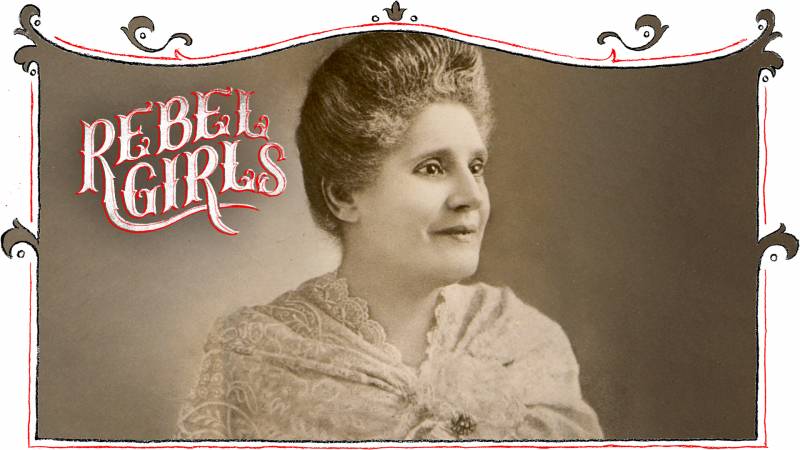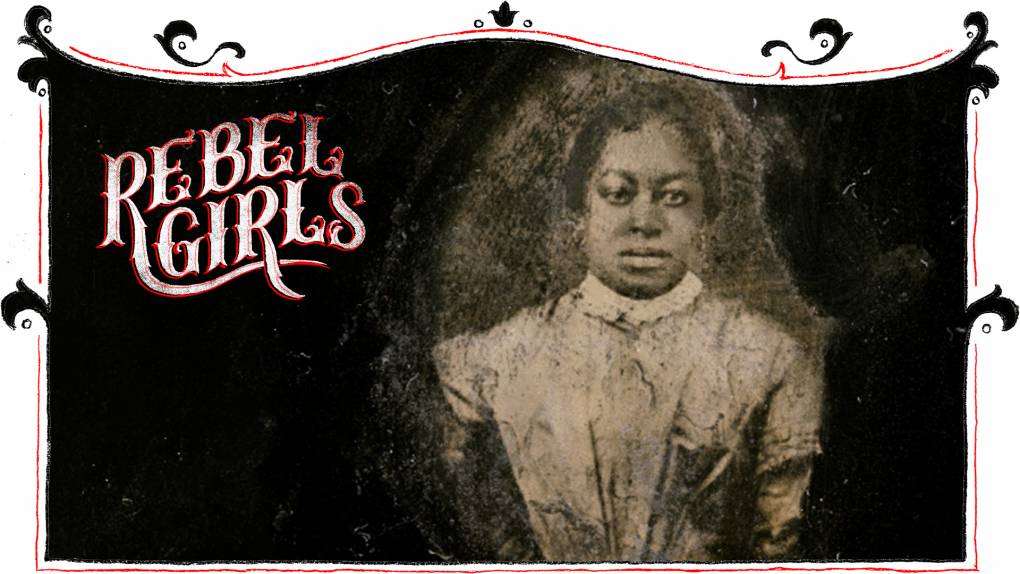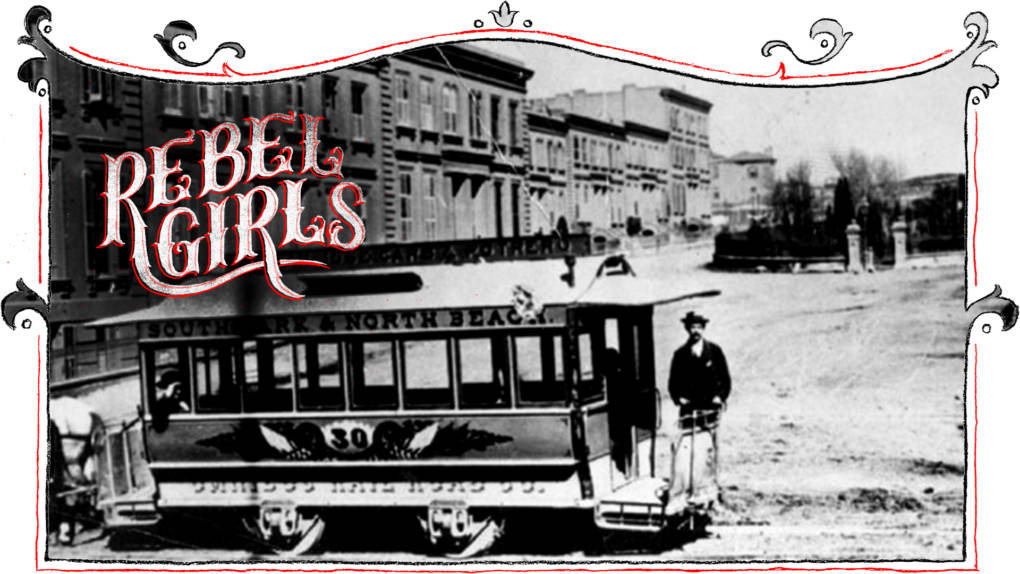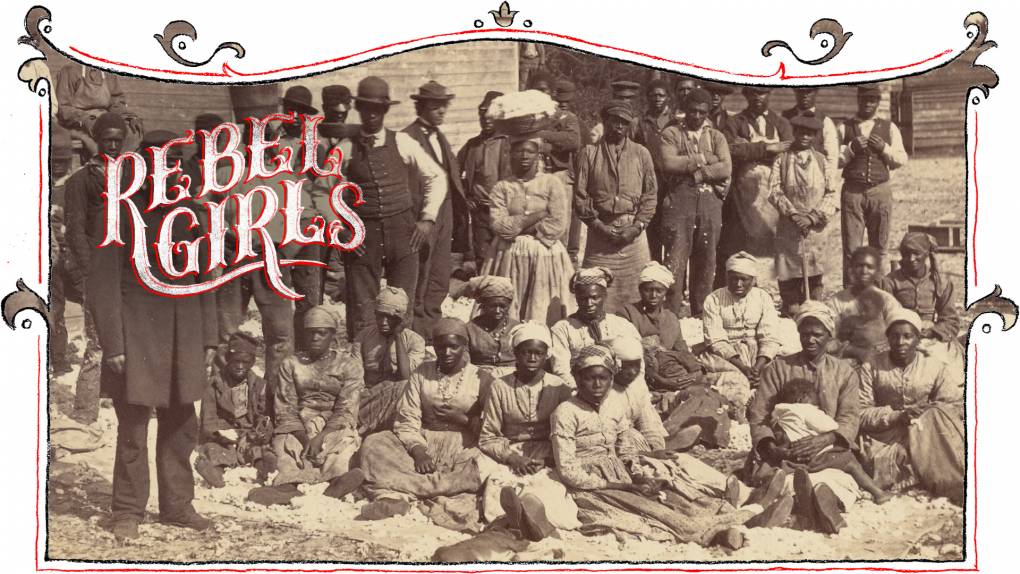Jones would later have her own battle with Hinkson, after he publicly suggested she was in favor of school segregation. In response to these assertions, Jones clarified in The Sacramento Bee, “I would rather teach my students separately, as opposed to having them taught by a white teacher and be made to feel inferior because of their skin color.”
T
he strides forward that Jones swiftly made at Ungraded School No. 2 were no small feats. Just months after her arrival, Jones managed to acquire a second classroom after lobbying the Sacramento School Board. On April 27, 1874, the chairman of the board’s building committee declared:
We are satisfied that notwithstanding her eminent qualifications for the position which she holds, [Jones] can not do justice to that number of pupils in an ungraded school without doing great injustice to herself. And therefore, without the question of separate schools, we are emphatically of the opinion that another teacher and room are required.
A week later, Jones was also given a raise—taking her monthly wages from $90 to $100—after the school board introduced a resolution to pay teachers $100 a month. Jones advocated on her own behalf to make sure she would earn the same as white teachers.
After segregation was outlawed in California schools in 1880, Ungraded School No. 2 was moved and attached to the Capitol Grammar School. And while the two classrooms there were still not integrated with the rest of the grammar school, the move brought Black and white children together in new ways. On Aug. 27, 1881, a columnist for the Sacramento Daily Record Union wrote:
Day after day, I see three or four negro girls with school books and lunch pails trudging along side-by-side with one or more white girls, always in earnest conversation, and there seems to be no thought of race between them. Since the abolishment of the colored school we not infrequently find names that belonged to it on our rolls of honor, and the experiment has worked well.
With her stellar reputation preceding her, in 1894 Jones became the first Black woman in Sacramento to become principal of a fully integrated elementary school. She was the only Black member of the Fremont Primary School’s faculty, where the vast majority of pupils were white.
By that time, Jones’ 20 years of dedicated service to the children of Sacramento was so well-established, not even protests by 36 racist parents shook her position at the downtown school. When the parents called for her removal, 98 of her fellow teachers stepped up with a petition in her defense. (Including, delightfully, the niece of Addison Hinkson.)
On Oct. 3, 1894, after arguments between both sides were heard, Jones also spoke in her own defense before a gathering of both the school board and the parents.
The Record-Union reported:
Miss Jones appeared and stated her case, and made a deep impression by her straightforward manner. She pointed to the fact that the school, opened only two days, was full, already; that for the first time it had two fifth grade classes, and that did not look like ill success. She recited a list of her educational certificates, from her Eastern collegiate diploma to her State life certificate, and outlined her teaching career of 18 years in the city, and asked for time for the people of the district to see and know her. She spoke with feeling, but with dignity … A motion to receive and file the petition prevailed unanimously and the matter was dropped, the sense of the board being to give the teacher a trial, in view of her qualifications and success.
The matter was never revisited.
Once she was safely appointed at the Fremont School, Jones went about saving the two beloved classrooms of Ungraded School No. 2, which had been slated for demolition. She successfully persuaded the school district to move them to the Fremont School to ease overcrowding in the elementary department. Not only did the district oblige, they also agreed to Jones’ request to elevate the classrooms to protect them from flooding.
J
ones’ dedication to children extended beyond her own city. In April 1906, she joined forces with Rev. Mary Bowen to establish a “toy department” for San Francisco children who had lost everything in the recent earthquake and fire. The pair asked principals all over the Bay to collect used “toys, books, pictures and other trinkets [pupils] have no further use for.” And this simple gesture towards San Francisco’s children was a source of immediate comfort.
A report in the Record-Union on April 27, 1906 stated:
The first consignment of toys yesterday reached the children of fire sufferers from San Francisco and the little ones were so overjoyed that they seemed beside themselves. They laughed and cried by turns. There was a touching little scene when a child was given a doll which she declared was the veritable one she thought had been burned in the big fire. She pressed the doll to her bosom in an ecstasy of delight, calling the new-found doll by the old name, and no one had the heart to dispel her illusion and tell her that it was a case of mistaken identity.
Even after Jones officially retired as principal in 1914, she kept working to make the lives of Bay Area children better. She served on the Sacramento School Board until 1920—just five years before her death at the age 83. In her will, she left $1,000 to Booker T. Washington School in Tuskegee, Alabama, and $500 to St. Andrews Church, which had once housed Elizabeth Thorn Scott Flood’s school for children of color.






